Motorola Xoom
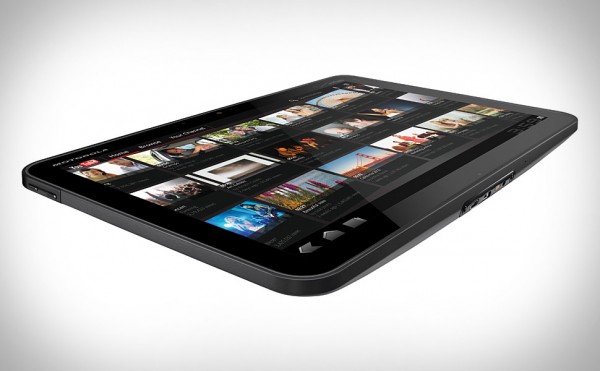
The CES 2011 was full with tablets. Many manufacturers are preparing new tablets for this year due to the success of Apple, Samsung and Archos. Over forty models, predominantly with Android, were presented this year. One of them is the Motorola Xoom, a 10.1-inch tablet (with 1280 X 800 resolution) powered with Android 3.0 (Honeycomb). The Xoom uses Wi-Fi and 3G (the 4G model (LTE) will be available in the 2nd quarter of 2011.
The tablet is equipped with Tegra2 1 GHz dual-core processor, 32 GB of storage (expandable with a MicroSD slot), a rear camera (5 Mp) and a front camera (2 Mp). The battery life is 10 hours.
Availability: first quarter of 2011 in U.S.
Price: Undisclosed
Dell Streak 7 and 10
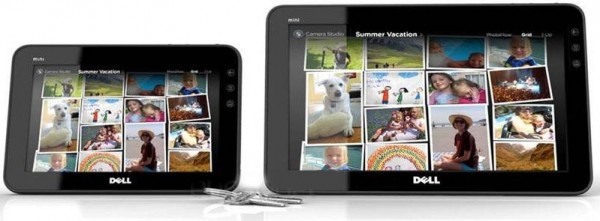
After the launch of a 5-inch mini tablet in 2010 (the Dell Mini 5), Dell is preparing to release two new products, the 7- and 10-inch models. In terms of connectivity and processing power, the Dell tablet is comparable to the Xoom with its 3G and 4G, Wi-Fi and a dual-core Tegra2 1 GHz processor. It also includes rear and front cameras (5 and 1.3 megapixels, respectively), and 16 to 32 GB of internal storage. Dell Streak 7 will be delivered with Android 2.2, but can be upgraded to version 2.3.
Unfortunately, it doesn’t have USB ports, just like the Galaxy Tab and the iPad. The Dell Streak 10, has a 10-inch screen, but no further details were revealed. It will be released after the Streak 7 (at an unspecified date).
Availability: first quarter of 2011 in U.S.
Price: Undisclosed
Lenovo IdeaPad U1 Hybrid and LePad Slate
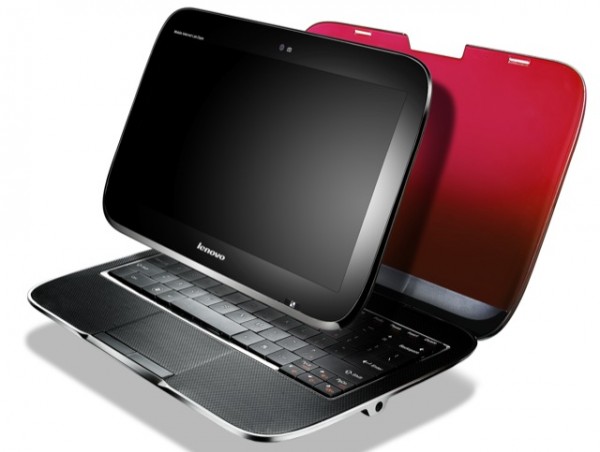
Lenovo had already revealed its hybrid tablet prototype in 2010. The IdeaPad U1 Hybrid has a 10.1-inch display and Android 2.2. LePad uses 1.3 GHz Snapdragon processor, 1 GB of RAM, 16 or 32 GB of internal storage and a 2 megapixel webcam. In terms of connectivity, it is equipped with 3G, Bluetooth and Wi-Fi. To distinguish itself from the competition, Lenovo will release a docking station called the IdeaPad U1 (at $ 780) to connect to a tablet called Lepad and turns into a Windows 7 netbook. The docking station uses Intel Core i5 (1.2 GHz), which is based on some benchmarks is twice as faster than the Intel Atom N550.
Availability: first quarter of 2011 in China
Price: $ 520 (LePad) and $780 (IdeaPad U1 Hybrid)
Lenovo IdeaPad Slate
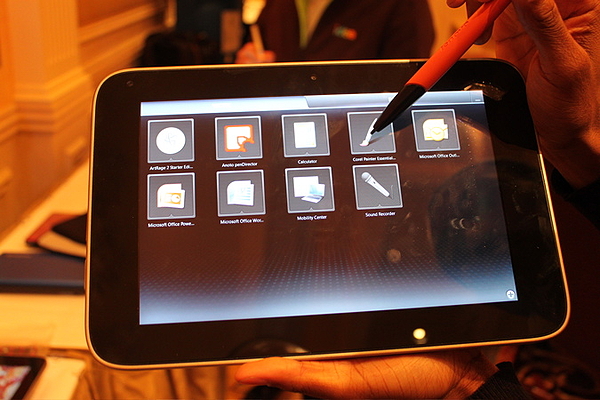
Although most tablets use Android, a few run Windows 7 at CES 2011. One of them is the IdeaPad Slate from Lenovo. But unlike the LePad, it will not be compatible with the IdeaPad U1docking station. It has a SSD storage, Intel Atom processor, SD slot, USB ports and HDMI ports.
Availability: 2011
Price: Undisclosed
Samsung Sliding PC 7
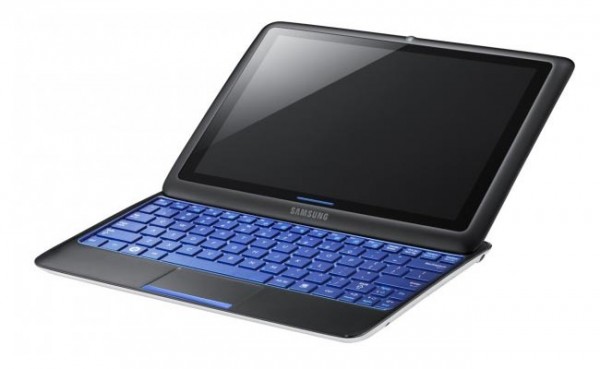
Unlike the docking solution used by Lenovo, the Samsung’s new tablet uses a sliding physical keyboard.
The Sliding PC 7 is quite heavy for a tablet (about 1 kg) and can turn into netbook with a 10-inch display (1366 X 768 resolution). It has a standard netbook platform (1.66 GHz Intel Atom processor, 2 GB DDR2 RAM, SSD storage from 32 to 64 GB, Wi-Fi, WiMAX and 3G).
Availability: 2nd Quarter of 2011 in U.S.
Price: From $ 699
Asus Tablets
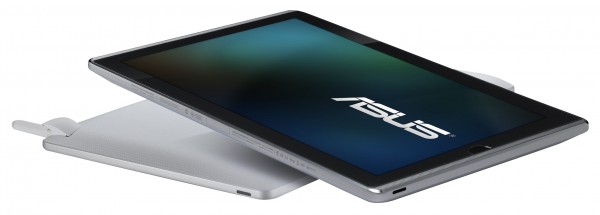
Asus has also joined the tablet market. For this purpose, the company introduced four models: a Windows 7 model (Eee Pad Slate) and three Android 3.0 models (EEE Transformer Pad, Slider, and MEMO).
The Asus Eee Pad Slate Windows 7 is a big and powerful tablet 12.1-inch display (1280×800 pixels). It features an Intel Core i5, 4 GB of DDR3 RAM, a SSD of 32 to 64 GB, Bluetooth, Wi-Fi, two USB ports and a mini HDMI port. Unfortunately it uses a relatively weaker camera compared to other tablets (2 Megapixels). The battery life is claimed to be about 16 hours, which is rather unlikely due to the high battery requirements of Core i5 processor and Windows 7.
Other than Asus Eee Pad Slate, Asus has also introduced Android 3.0 tablets. The Eee Transformer Pad is a 10.1-inch tablet (1280 X 800 resolution) with a detachable keyboard and a battery life of 16 hours. It has 32 GB of SSD storage, 1GB of RAM, a Tegra2 processor, a USB port and two cameras (5- and 1.2-megapixel). The Eee Pad Slider has a similar hardware configuration to the Transformer, but it features a sliding keyboard instead of a detachable type. The Eee Pad MeMO doesn’t have a physical keyboard and is also smaller (7.1-inch). It is powered by a Snapdragon instead of a Tegra2 processor.
Availability: Asus Eee Pad Slate (January), Transformer (April), Slider (May) and Memo (June)
Price: Asus Eee Pad Slate (999-1099 dollars), Transformer (399-699 dollars), Slider (499-799 dollars) and Memo (499- 699 dollars)
Toshiba tablet (unnamed)
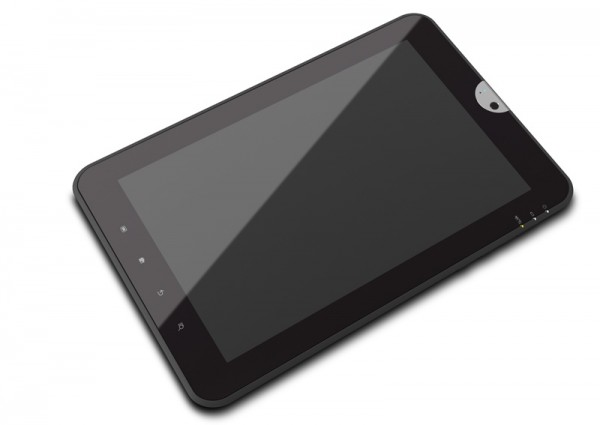
It has a 10.1-inch capacitive display (1280 × 800), also a Tegra2 dual-core processor, HDMI, USB, SD card reader and two digital cameras (5 and 2 MP).
Availability: Summer 2011
Price: Undisclosed
Panasonic Viera Tablet
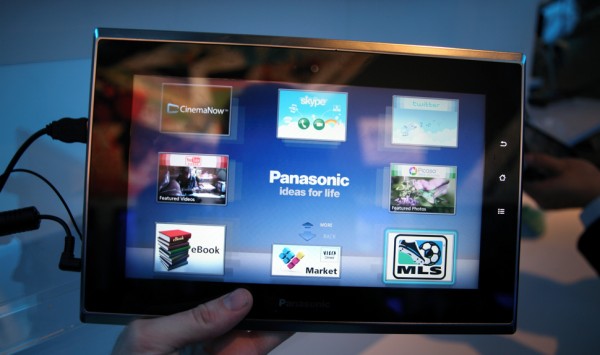
At CES 2011, Panasonic released an Android tablet called Viera Tablet. This prototype is intended as a companion for the Viera TVs. The manufacturer only shared very few details, simply stating that the tablet will be available in three sizes, 5-, 7- and 10-inch.
Availability: 2011 (unspecified)
Price: Undisclosed










What an awesome lineup! Ill be looking forward to the Lenovo tablet, that looks like something!
Thanks for sharing anyway,
Mike.